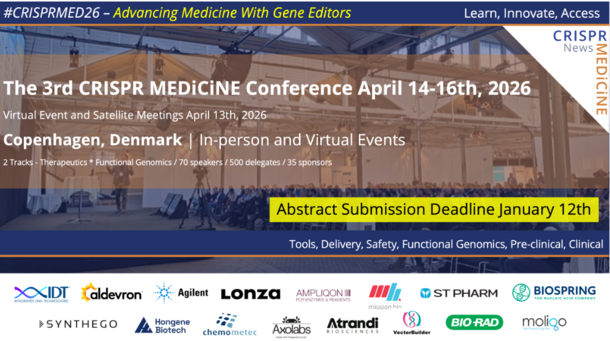T-cell acute lymphoblastic leukaemia (T-ALL) is a type of acute leukaemia meaning that it is aggressive and progresses quickly. It affects the lymphoid-cell-producing stem cells, in particular a type of white blood cell called T lymphocytes, as opposed to acute lymphoblastic leukaemia (ALL), which commonly affects B lymphocytes. A lymphoid stem cell becomes a lymphoblast cell and then one of three types of lymphocytes (white blood cells):
- B lymphocytes that make antibodies to help fight infection.
- T lymphocytes that help B lymphocytes make the antibodies that help fight infection.
- Natural killer cells that attack cancer cells and viruses.
The most common signs and symptoms of T-ALL are caused by the bone marrow being unable to produce enough normal blood cells. T-ALL often causes swollen lymph nodes in the middle part of the chest (mediastinum), which may affect breathing or the circulation. The results of a simple blood count will usually indicate leukaemia although, rarely, a blood count may be normal. Virtually all patients with T-ALL will have bone marrow samples taken to confirm the diagnosis and to help determine exactly what type of leukaemia a patient has.
The main ways in which leukaemia is treated are:
- Chemotherapy: Cell-killing drugs. Steroids are normally used along with chemotherapy for T-ALL.
- Radiation therap: Usually only given in conjunction with a stem cell transplant in T-ALL.
- Stem cell transplant: Younger/fitter patients may be given a stem cell transplant (bone marrow transplant). This is done using healthy stem cells from a donor. This is also done for T-ALL if chemotherapy does not cure the disease.
